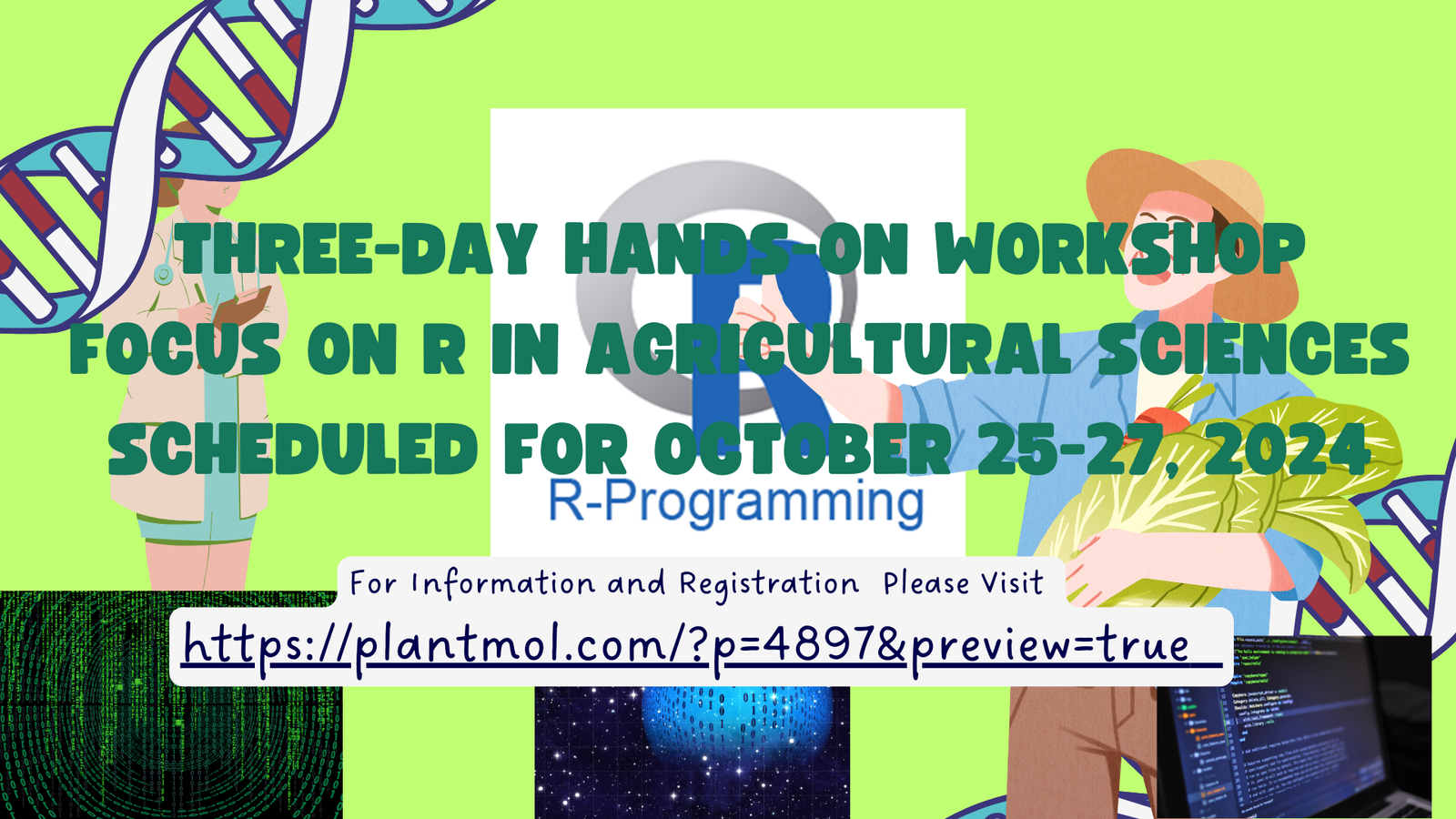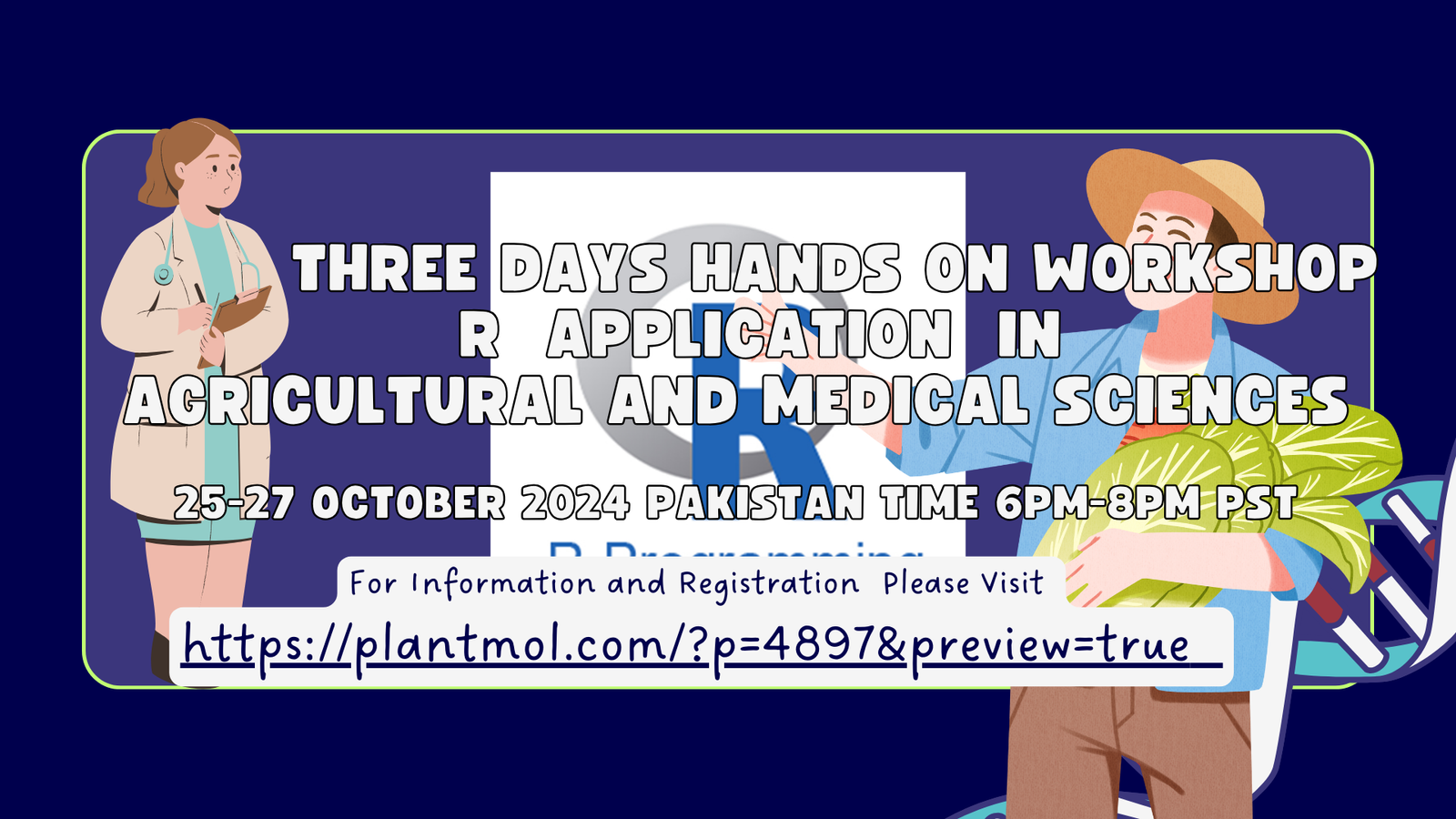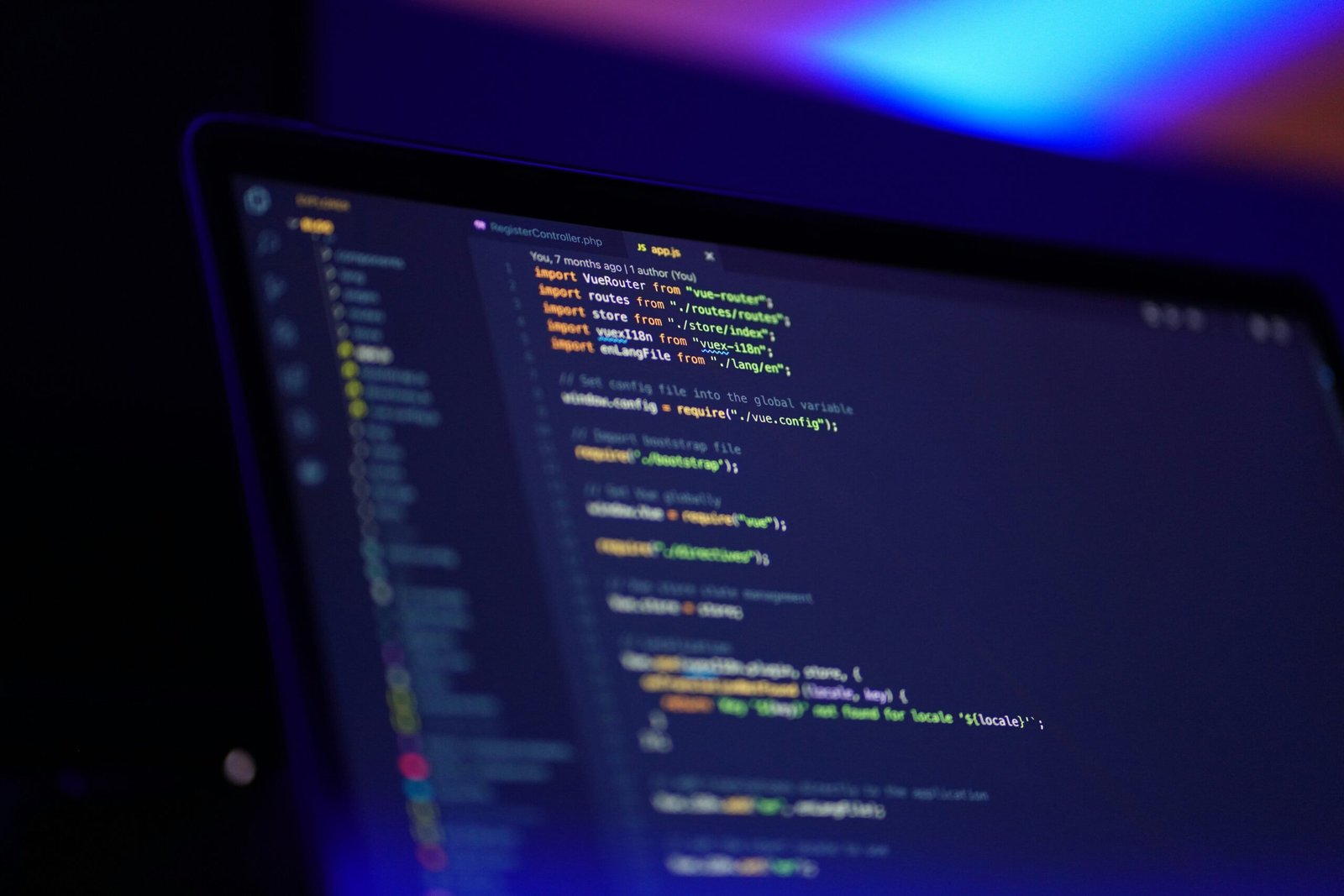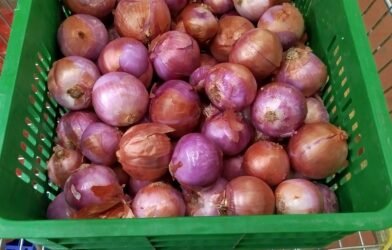For Registration and further information
https://forms.gle/cCkCFsmg3ejC91Dc6
Enhance Your Skills with our online R Training
Are you ready to dive deep into the world of data analysis specifically designed for medical and agricultural sciences? Join us for an immersive three-day online training experience from October 25 to October 27, 2024 from 6 to 8 PM PST. This online hands-on training will focus on utilizing the R programming language to analyze and visualize agricultural data effectively.
What to Expect During the Training
This comprehensive training is designed for individuals at various skill levels, whether you’re just starting or looking to enhance your existing knowledge. Participants will learn essential R programming concepts and practical applications tailored to agricultural data. Key topics include data manipulation, statistical analysis, and creating insightful visualizations that can help in decision-making.
-Introduction to R and RStudio
-Installation and setup
-Data types and structures in R
-importing and exporting data
-How to install packages
-R script writing for analysis
-how to read errors
-Data manipulation
-Data visualization(histograms,box plot,scatter plots,bar charts,heat maps)
-statistical analysis
PCA, Analysis of variance (One way anova ,two way anova), Differential gene expression analysis
Why Choose R for Agricultural and Medical Sciences
R is a powerful tool for analysis in agricultural and medical sciences due to its extensive package ecosystem and community support. By attending this training, you will gain valuable skills that can be applied directly to your work. Don’t miss out on the opportunity to network with like-minded professionals while developing your data science capabilities within your field.
Detailed worshop content
1. Introduction to R and RStudio*
– Overview of R and its significance in agricultural sciences.
– Introduction to RStudio as a powerful integrated development environment (IDE) for R.
– Navigating through the RStudio interface (Console, Script Editor, Environment, Files, Plots, Packages, Help).
2. Installation and Setup*
– How to download and install R and RStudio.
– Configuring RStudio for first-time users.
– Setting the working directory and understanding its importance.
3. Data Types and Structures in R*
– Introduction to data types: Numeric, Character, Logical, Factor, and Date.
– Data structures in R: Vectors, Matrices, Data Frames, and Lists.
– How to create and manipulate these data types and structures.
4. Importing and Exporting Data*
– Reading data from CSV, Excel, and text files into R.
– Exporting data from R to CSV and Excel files.
– Introduction to packages like readr, readxl, and writexl.
5. How to Install and Use Packages*
– Overview of CRAN and Bioconductor repositories.
– How to install packages in R using install.packages().
– Loading packages using library().
6. Writing R Scripts for Analysis*
– Basics of writing R scripts for reproducible analysis.
– Creating and saving R scripts and understanding RMarkdown.
– Commenting and organizing code for readability.
7. How to Read and Handle Errors*
– Understanding common error messages in R.
– Debugging techniques and how to fix basic coding errors.
– Introduction to tryCatch() for error handling in functions.
8. Data Manipulation with dplyr*
– Introduction to the dplyr package for data manipulation.
– Basic data operations: Filtering, Selecting, Mutating, Arranging, and Summarizing data.
– Joining datasets (left join, inner join, full join).
*9. Data Visualization with ggplot2*
– Creating simple plots with ggplot2.
– *Histograms*: Visualizing frequency distributions.
– *Box plots*: Comparing distributions across categories.
– *Scatter plots*: Visualizing relationships between two continuous variables.
– *Bar charts*: Comparing categorical data.
– *Heat maps*: Visualizing large data matrices.
– Customizing plots (labels, colors, themes).
10. Statistical Analysis in R*
– Performing *descriptive statistics* (mean, median, standard deviation).
– *t-tests* and *Chi-squared tests* for basic hypothesis testing.
*11. Principal Component Analysis (PCA)*
– Introduction to dimensionality reduction techniques like PCA.
– Performing PCA in R using the prcomp() function.
– Visualizing PCA results with ggplot2.
12. Analysis of Variance (ANOVA)*
– *One-Way ANOVA*: Comparing means between more than two groups.
– Running ANOVA using aov() in R.
– *Two-Way ANOVA*: Assessing the effect of two categorical variables.
– Understanding interaction terms in Two-Way ANOVA.
– Post-hoc tests (Tukey HSD) to determine specific group differences.
*13. Differential Gene Expression Analysis*
– Introduction to gene expression data in agricultural sciences.
– Using limma or DESeq2 for differential expression analysis.
– Interpreting results (log2 fold changes, p-values).
– Visualizing differential gene expression with volcano plots and heat maps.










Three Day Workshop On Genomic Analysis Post Conference Comments -
[…] Join Us for a Hands-On R Training for Agricultural and Medical Sciences […]
Muhammad Shafiq
https://youtu.be/RjnC6NYyhZo?si=LN6cNUb4A1tCoOmn
Mohammed Badar Uz Zaman
Good job sir . Best of luck 🍀🤞